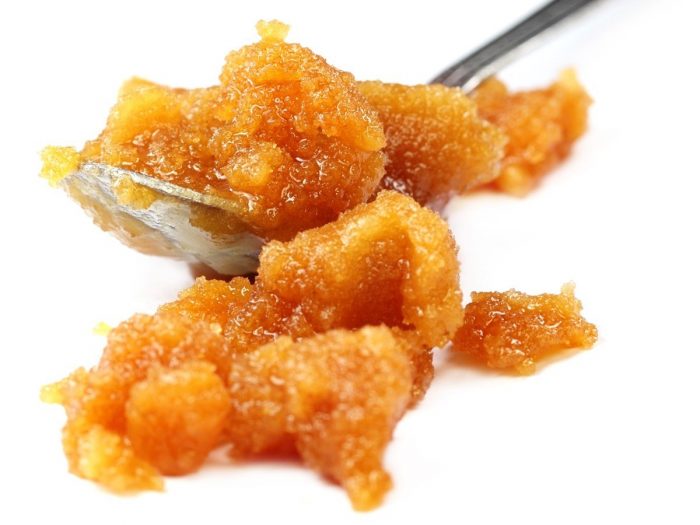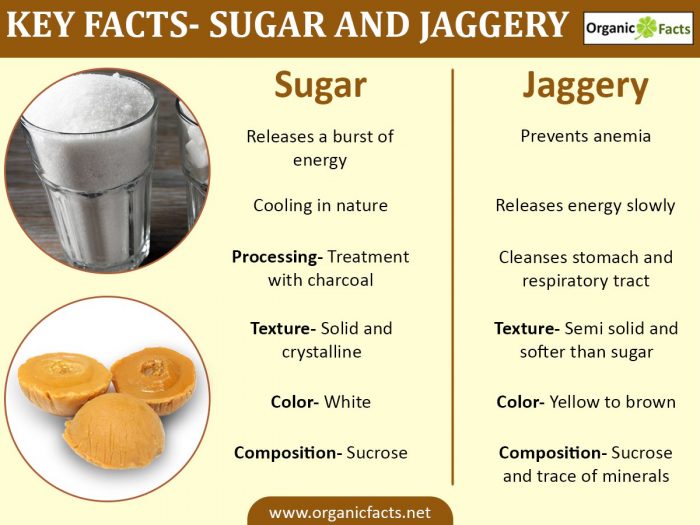चीनी शाकाहारी या गाय की हड्डियों से ? हमें क्या ? क्या फर्क पड़ता है ? फिजूल की बातें हैं।


The question of sugar’s vegan-ness is one that usually comes from the already vegan-conscious- because what non-vegan is checking into the potential animal ingredients in seemingly un-animaly things, really? Well the answer to this question is more complicated than a simple yes or no as it depends on a number of factors. One of these is how you define the term vegan. If you are speaking purely from a food ingredient standpoint then, yes sugar is vegan. It does not contain animal products. However, if you’re coming at it from a process perspective, then most commercial cane sugar is not vegan.
That leads us to the second factor of determining the vegan-ness of sugar. And that is the sugar’s source. There are two sources of commercial sugar: sugar cane and sugar beets. Beet sugar is always vegan but cane sugar is sometimes filtered through a substance called bone char. And just what is bone char? It’s literally the charred bones of animals, cows in the case of the sugar industry. According to Jeffrey Robinson, technical director of American sugar refining, to create bone char, bones are sun-dried and incinerated for 12 hours at more than 700 degrees Celsius. during the burning process, all organic matter that may be present—including viruses, bacteria, and proteins—is destroyed, leaving only an inert granular substance that is 10 percent elemental carbon and 90 percent calcium hydroxyapatite.
So why the heck are we using the charred bones of cows on our sugar? Well for some reason, we like our sugar to be white and sugar naturally has a brown tint to it. So, many decades ago we clever humans devised a way to use the charred bones of animals to take the color out of our sugar. Bone char acts like a crude filter and is most often used first in cane sugar refining. It is what’s called a ‘fixed bed adsorption’ filter and is the most efficient filter for removing colorants, most frequently amino acids, carboxylic acids, phenols, and ash. The sugar then passes through other filters during the refining process, like activated charcoal, or an ion exchange system.
Just how much cow is in your sugar? According to Paul Caulkins, the corporate quality assurance manager of imperial/savannah foods, very little bone char can be obtained from a single cow, “since only the dense bones of the animal, such as the pelvic bones, can be used.” In fact, he says the average 1,500 pound cow will produce only 9 pounds of bone char. With addition figures from Caulkins, Jeanne Yacoubou, the research director at the vegetarian resource group ran some figures and concluded that the bones of almost 7,800 cattle are needed to produce the bone char for one commercial sugar filter.
Now as a quick note, it’s important to also acknowledge the environmental impact of sugar cane. While I’m not going to go into an extensive breakdown, as that is another video entirely, the sugar cane industry, like any agricultural commodity, has led to water pollution from fertilizers and effluents, industrial waste, soil erosion and degradation, habitat loss, and the death of countless marine species. Some of the most biodiverse regions on the planet have been cleared for sugarcane production, particularly the threatened tropical ecosystems near the equator. A 2004 report by World Wildlife Fund, shows that sugar may be responsible for more biodiversity loss than any other crop. (Also check out this reportfrom the Food and Agriculture Organization of the United Nations for additional information.)
Should vegans avoid sugar at all costs? Honestly, this depends on you. Personally, I believe that we should always be fully educated and aware of where our food comes from and how it is made, particularly when it is produced at the expense of others’ lives. However, I would shy away from focusing on the bone char issue too intensely and instead place my energy towards avoiding and eradicating the main animal products industry.
When we are no longer slaughtering 150 billion sentient beings every year for our consumption, we won’t be so pressed to find new and different ways to profitably use their byproducts. This is also my response for products that while vegan ingredient-wise will state they were produced in a facility that processes milk. The solution isn’t necessarily boycotting these potential cross-contaminates but stopping the dairy, egg and meat industries as a whole. If we aren’t senselessly killing animals and stealing their secretions, we won’t have to worry about it getting in our food.
In their extensive FAQ section, the nonprofit Vegan Outreach highlights the importance this focus has on creating new vegans stating, “we recommend that vegans concentrate their attention on the most obvious animal ingredients and the true meaning of veganism. In our experience, concentrating on processing or on trace ingredients can make a vegan diet appear exceedingly difficult and dissuade people from adopting it.”
Of course this doesn’t mean that we avoid confronting every aspect of the animal products industry and our continued exploitation of other beings, nor that we simply don’t make any effort to eliminate products that aren’t produced with compassion. I’m simply saying that our focus should be where we can make the greatest impact.
Luckily there are numerous sugar options that are 100 percent vegan. As I stated earlier, any beet sugar is always bone char free as beet sugar requires as less extensive filtering process that never included bone char. Unfortunately most mainstream sugar industries will source half of their sugar from beets and half from cane. However, all organic sugars do not use bone char, nor do natural raw sugars like demerara or turbinado sugar such as sugar in the raw. It’s important, however, to make the distinction that commercial brown sugar is not the same as natural sugar. Commercial brown sugar is simply refined white sugar with molasses added for color and flavor.
There are also sugar companies that on the whole do not use bone char. And of course organic sugars are going to be using a more sustainable method of agriculture not involving pesticides. please refer to the links below for lists of bone char free brands and other resources.
Now if love to hear from you. Do you avoid bone char derived sugar? Or is this not even something on your radar? Let me know in the comments!


 Jaggery: Although jaggery is not as widely used as sugar, it is still very popular in Indian culinary practices. It is used in curries, lentil soups and other preparations. It is an integral part of country sweets made by combining ground nuts, grams, sesame seeds, rice flakes, puffed rice, popped rice, cashew nuts, almonds, wheat, and gram flour snacks with jaggery. These sweets are extensively consumed during the winter all over India and they provide nutrition and warmth to combat the cold. There is one big industrial use of jaggery, and that is in the manufacturing of alcoholic beverages, particularly rum. Rum, in many cases, is made by fermenting jaggery.
Jaggery: Although jaggery is not as widely used as sugar, it is still very popular in Indian culinary practices. It is used in curries, lentil soups and other preparations. It is an integral part of country sweets made by combining ground nuts, grams, sesame seeds, rice flakes, puffed rice, popped rice, cashew nuts, almonds, wheat, and gram flour snacks with jaggery. These sweets are extensively consumed during the winter all over India and they provide nutrition and warmth to combat the cold. There is one big industrial use of jaggery, and that is in the manufacturing of alcoholic beverages, particularly rum. Rum, in many cases, is made by fermenting jaggery.